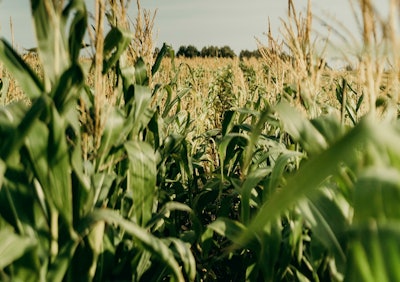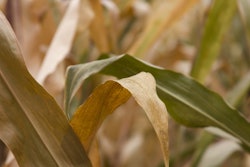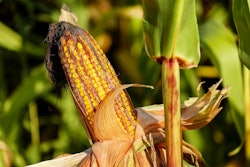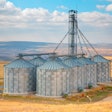
Crop Ratings Slip Lower
Corn crop condition ratings were at 64% good to excellent, down from 65% last week and 72% last year.
Corn silking was reported at 79%, ahead of the average of 73%.
Bean crop ratings declined 2 points from last week to 58% good to excellent compared to 72% last year.
Blooming was 76% versus 71% average, while setting pods was up to 42% compared to 36% average.
Spring wheat crop ratings continued to decline and were reported at 9% good to excellent, down from 11% last week.
Spring wheat was 97% headed and harvest is underway at 3% complete.
Winter wheat harvest was 84% complete versus 81% average with remaining harvest in the northern Plains and Pacific Northwest.
Cotton conditions continue to improve to 61% good to excellent from 60% last week. 37% of the crop is setting bolls versus 42% average.
FBN’sTake OnWhat It Means:Hot and dry weather affected conditions across the Corn Belt last week. The dry weather did allow some areas that were too wet some time to dry out, which led to improvements in Illinois and Missouri, but wasn’t enough to offset the poorer conditions seen elsewhere in Nebraska, Iowa, and Minnesota. Forecasts for the Midwest beginning in August continue to gyrate between wetter and drier which likely sees the market retain risk premium.

Attaché Report on Australia
The agency sees Australia harvesting 29.5 million tonnes of wheat.
That would be below last year’s record harvest at 33.3 million tonnes but is one million tonnes larger than USDA’s latest projection.
Australia’s wheat exports are seen at 22 million tonnes, up from the current market year forecast at 19.5 million.
The agency sees Australia’s stocks increasing to 6.6 million tonnes, which would be the largest stocks total held by the exporter in years.
Barley production is forecast at 10.5 million tonnes.
That would be down from last year’s massive crop at around 13 million tonnes with lower planted area partly to blame.
Exports are forecast at 5 million tonnes, down sharply from this year’s outlook at 8 million.
But, ending stocks are seen remaining relatively snug at under 2 million tonnes.
FBN’sTake OnWhat It Means:Rainfall has overall been very good across the growing regions, and grain production in Australia is set for a second consecutive big year of production after two years of drought. The rainfall forecasts for July to September for all winter crop growing regions is very favorable with expectations for above average rainfall. Australia’s white wheat supplies will be important as the market reallocates exports from North America.
FBN Market Advisoryservices are offered by FBN BR LLC, dba FBN Brokerage, FBN BR and FBN Market Advisory (NFA ID: 0508695)
The risk of trading futures and options can be substantial and may not be suitable for all investors. Past performance is not necessarily indicative of future results.
This is not an offer or solicitation in any jurisdiction where we are not authorized to do business or where such offer or solicitation would be contrary to the local laws and regulations of that jurisdiction, including, but not limited to, persons residing in Australia and Canada.



















